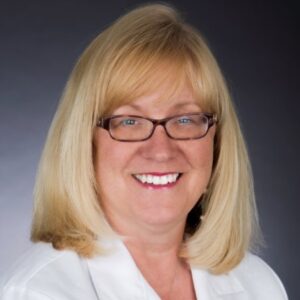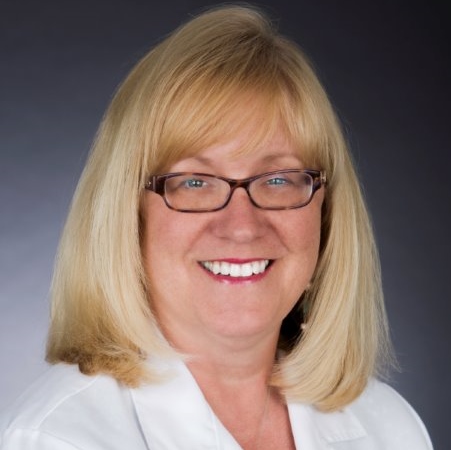
by Susan M. Liberski, MD – CCMS Member
When Elizabeth Blackwell, the first woman physician in the United States, graduated from medical school in 1849, I bet she would little suspect the number of women who would be physicians today or that a month would be dedicated to celebrating our contributions. Women in Medicine Month was established by the American Medical Association years ago and the Collier County Medical Society has been observing since the 1990s. One of the results of CCMS’s Women in Medicine month activities was the establishment of the annual Women’s Health Forum, where women doctors have outreach to women patients in the community. Many of the female physicians of Collier County who were involved with the initial health forum continue to participate in this highly anticipated event today, which draws over 300 attendees and approximately 24 CCMS member physician speakers each year.
Currently, there are approximately 860,000 actively practicing doctors in the United States of which 36% are women. In 2017, 21,338 incoming first year medical students were women, making up 50.7% of incoming classes, the first time in history. By 2019, over 50% of medical students in the United States are women. Women are practicing in all specialties in medicine however what we practice is not evenly distributed. Over 60% of all Pediatricians are women, over 50% of Obstetrician/Gynecologist are women while less than 10% of practicing physicians in Interventional Radiology, Urology, Neurosurgery, Interventional Cardiology, Thoracic Surgery, and Orthopedic Surgeons are women. Women, who made up about 10% of practicing Gastroenterologists in the early 1990s now only make up 16% of that subspecialty. As the current physician population ages, with over 44% of all physicians over age 55, this inequity in the distribution of what type of medicine women practice can potentially lead to physician shortages, especially in the surgical subspecialties where we are underrepresented.
The American Association of Medical Colleges (AAMC) note that the specialty choices for residents and fellows seem to mirror the trends of practicing physicians. The AAMC along with the National Resident Matching Program and 11 other organizations have formed the Coalition for Physician Accountability. This Coalition is working to make recommendations on how to make the matching process better and less stressful as well as making suggestions to improve diversity, equity, and inclusion in medicine. Reasons for women not entering certain specialties include discrimination and sexual harassment, lack of role models, lack of maternity/family leave, and the number of years of training to name a few.
There also remains pay inequity in U.S. medicine. According to the Harvard Business Review, of the academic physicians in 24 U.S. medical schools, female physicians made about 10% less than males at all academic ranks. According to Medscape’s 2019 Physician’s Compensation report, male primary care physicians earn about 25% more than their female counterparts. Male specialists earn about 33% more than the women. These numbers have been adjusted for number of patients seen, number of hours worked, numbers of procedures done, etc.
The reasons for this pay inequity remain unclear. Less than 1 in 5 female physicians practice in the top 5 paying specialties. In several surveys of physicians in multiple high-paying specialties, women report far more sexual harassment, bullying, and workplace harassment than men. In an American Academy of Orthopedic Surgeons survey, over 80% of women orthopedic surgeons have experienced this as compared to 30% of men. In Radiology where 26% of radiologists are women, over 40% have reported these same behaviors against them.
Men and women physicians do appear to practice medicine differently. A 2017 article in the Journal of the American Medical Association (JAMA) reviewed the medical literature and found that female physicians are more likely to adhere to clinical guidelines and provide preventive care more often. This study in JAMA looked at a national sample of Medicare beneficiaries who were hospitalized and found 30-day mortality and 30-day readmission rates statistically, significantly lower in those patients cared for by female physicians. How this translates in real world patients in a larger scale, and how male versus female doctors practice, needs to be studied further.
In the medical community, women are increasing in numbers and are represented in all specialties, but true equity is not there yet. We have come a long way since the days of Elizabeth Blackwell and those early women physician pioneers. In Collier County, as we celebrate Women in Medicine month, we salute all our female colleagues. As a woman physician, if you’d like to get involved with the Women in Medicine group or learn more about the Women’s Health Forum as a place to showcase your practice, please contact April Donahue, CCMS Executive Director.

